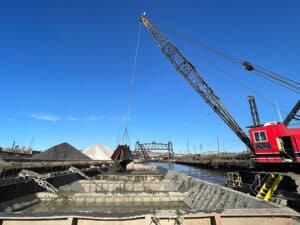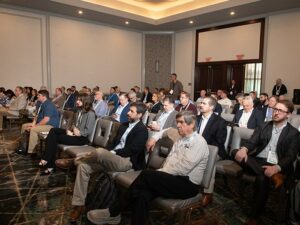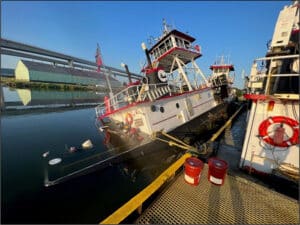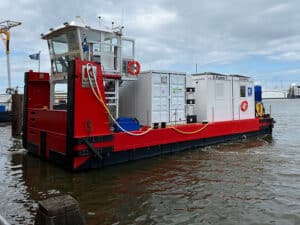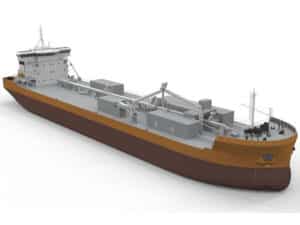
Kirby to spend $20 million on BWTS
Written by Nick Blenkey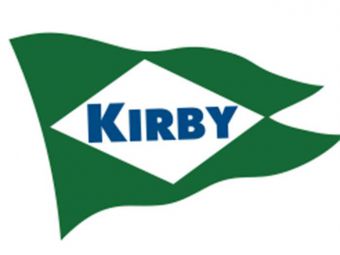
America’s largest tank barge operator, Kirby Corporation (NYSE: KEX) expects to spend approximately $20 million this year on ballast water treatments for it coastal fleet. That’s good news for ballast water management system makers, but it accounts for less than one percent of Kirby’s expected 2019 capital spending range of in the $225 million to $245 million range. Capital spending guidance includes approximately $40 to $45 million in progress payments on new marine vessels, which includes three 5,000 horsepower coastal ATB tugboats and thirteen 2,600 horsepower inland towboats. Approximately $155 to $165 million is associated with capital upgrades and improvements to existing inland and coastal marine equipment (including those BWTS) and marine facility improvements. The balance of approximately $30 to $35 million largely relates to new machinery and equipment, rental fleet growth, facility improvements, and information technology projects.
EARNINGS
Kirby reports net earnings for the second quarter ended June 30, 2019 of $47.3 million, or $0.79 per share, compared with earnings of $28.6 million for the 2018 second quarter. Excluding a one-time charge related to the retirement of Kirby’s Executive Chairman, 2018 second quarter net earnings attributable to Kirby were $46.8 million, or $0.78 per share. Consolidated revenues for the 2019 second quarter were $771.0 million compared with $802.7 million reported for the 2018 second quarter.
“During the second quarter, our marine transportation business significantly improved its profitability despite challenging inland operating conditions,” said president and CEO David Grzebinski. “In distribution and services, however, oilfield related activity declined more than anticipated as our customers focused on returns and free cash flow. Although we do not expect a significant rebound in 2019, there is no doubt this lull in activity is creating pent-up demand for future remanufacturing and replacement as equipment continues to be worked hard. The combination of the weakness in distribution and services and the challenging operating conditions for inland marine in the first half of the year has resulted in a lowering of our earnings per share guidance for 2019.
“In inland marine transportation, activity was robust throughout the second quarter, and strong customer demand and high barge utilization helped to improve term and spot market pricing. Although inland marine’s operating income improved significantly, it was somewhat tempered by continued near-record high water conditions on the Mississippi River System, significant lock maintenance projects, and extended delays in the Houston Ship Channel. Overall, these issues contributed to nearly double the delay days year-over-year and negatively impacted the quarter’s results by approximately $0.05 per share.
“In coastal marine transportation, market conditions continue to improve. During the quarter, barge utilization rates increased into the mid-80% range, and we renewed term contracts higher in the mid-single digits. These improvements, together with reduced sequential shipyard maintenance, resulted in slightly positive operating margin for the quarter.
“In distribution and services, ongoing spending reductions in the oilfield impacted our oil and gas businesses during the second quarter, resulting in reduced revenue and operating income. Although we anticipated a sequential decline, the impact was more pronounced than expected with minimal orders for new oilfield equipment, reduced maintenance and service activity on pressure pumping units, lower transmission overhaul volumes, and reduced parts sales. This reduction was partially offset by continued growth in our commercial and industrial business including increased sales of new back-up power generation equipment,” Mr. Grzebinski concluded.
In the coastal market, barge utilization rates improved to the mid-80% range during the 2019 second quarter. Compared to the 2018 second quarter, spot market pricing was approximately 10% to 15% higher, and term contracts repriced modestly higher in the mid-single digits during the quarter. Revenues in the coastal market increased 3% year-on-year, primarily due to improved pricing and higher barge utilization. During the quarter, the coastal operating margin was positive in the low to mid-single digits.

